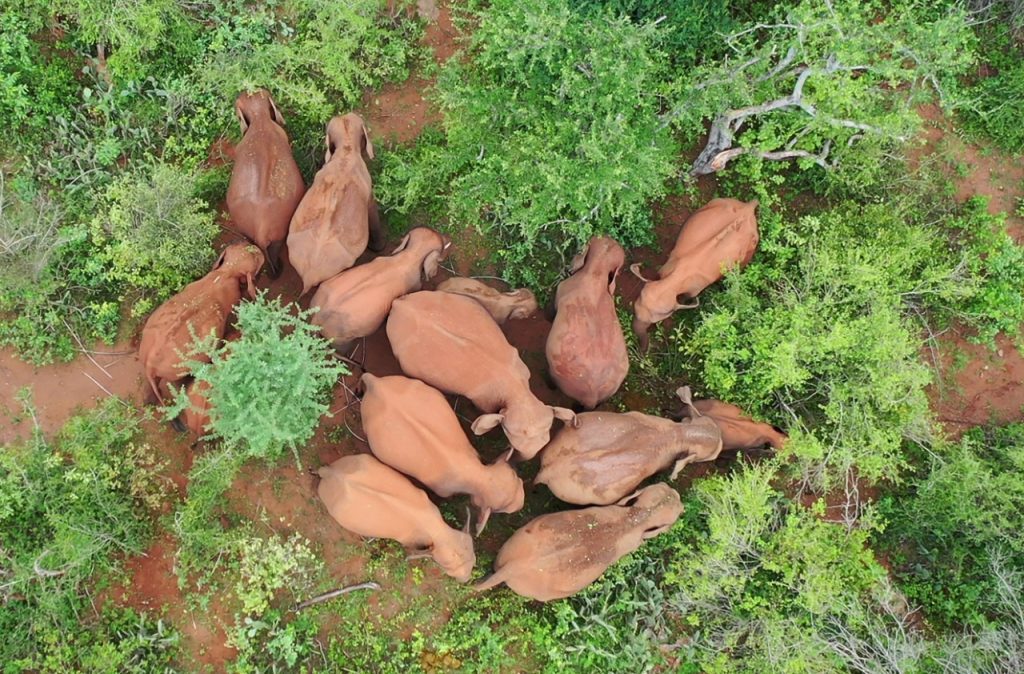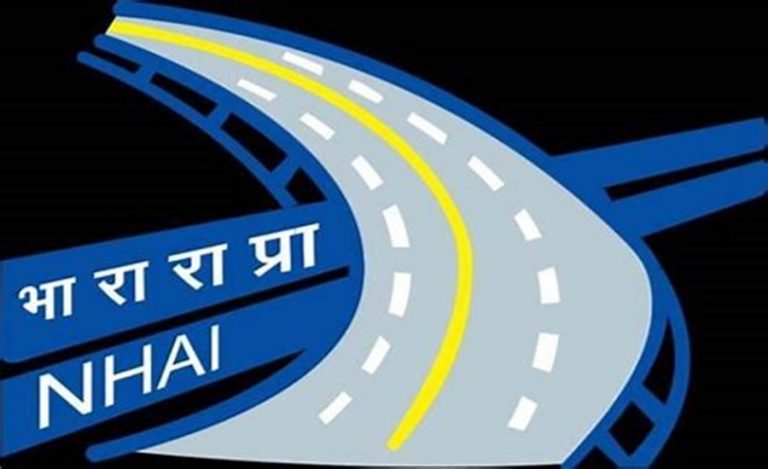The Tamil Nadu Forest Department has started using drones to monitor the movement of elephants in all the wildlife sanctuaries of the state. This is being done to avoid human-animal conflict in places like Coimbatore and other districts that are close to the sanctuaries. Coimbatore Forest Range in Tamil Nadu is one of the biggest forest ranges in the country. Owing to its vast population of wild animals, especially elephants, the forest department continuously tries to come up with innovative ideas to tackle man-animal conflicts in the area.
In an exclusive conversation with Indian Masterminds, Ms. Supriya Sahu, Principal Secretary, Environment Climate Change & Forests, Govt of Tamil Nadu, outlined the latest initiatives of the department.

DRONES TO THE RESCUE
The elephants living in sanctuaries often lose their way and stray into nearby villages. There have been incidents when they have attacked humans, out of anxiety and fear, especially when villagers had tried to chase them away. Of late, such attacks have increased. Taking note of this, the Tamil Nadu Forest department purchased drones to keep track of the elephants’ movements so that they can push the herd back into the forest when needed.
“The Coimbatore forest division tested aerial elephant-monitoring drones in an effort to reduce man-animal conflicts, by ushering the elephants out of populated areas and back into forests, before incidents occur,” Ms. Sahu told Indian Masterminds.
She further informed that seven forest guards from the Coimbatore forest division (one from each range) have been trained to operate the drones.
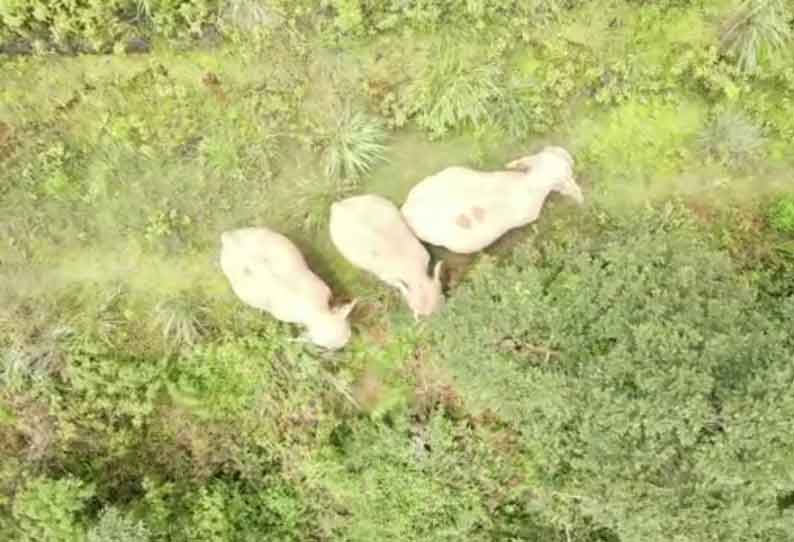
EASING FOREST OFFICIALS’ LOAD
Using drones for tracking elephants has proved to be a big help to the forest officials as well as the people living in that area. Moreover, it helps to locate an injured elephant and provide timely help to the animal in distress. “Visuals from drones are helpful to check whether an individual elephant or a herd was active in the forest. Weak or immobile elephants can also be identified through the visuals,” Ms. Sahu said.
The aerial surveillance also frees the officials from the difficulties encountered in patrolling in sugarcane fields. “When elephants raid the sugarcane fields, it becomes difficult to track them as sugarcane is as high as the height of elephants. Also, the leaves of sugarcane are razor-sharp and forest staffers suffer cuts when they chase elephants. So, drones are used to track the movement of the elephant herd to reroute them towards the forest area,” Ms. Sahu informed.
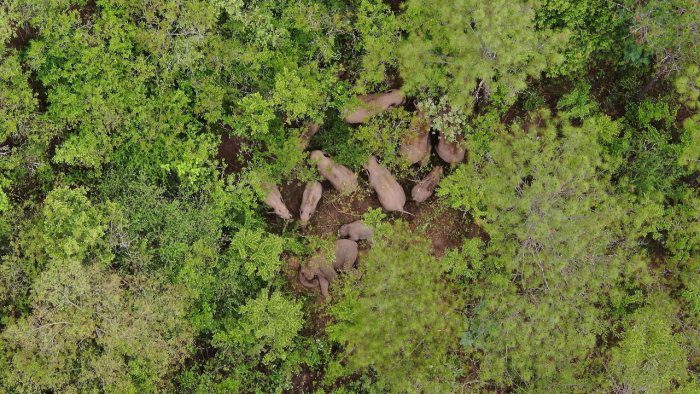
DRONES CAN AVERT TRAIN HITS
The Forest Department has five drones, and these are used in Mudumalai, Sathyamangalam Tiger Reserve, Mudumalai Tiger Reserve as well as in Kalakkad Mundanthurai Tiger Reserve.
“Drones are used to locate the elephants and send the kumkis (trained elephants) to push them deeper into the forests. Since the elephants usually come out during the night, monitoring becomes difficult. Hence, the local forest officials were trained to use the drones during the day to locate the pachyderms, so that the ‘kumkis’ can be sent to push them back deeper into the forests,” the officer revealed.
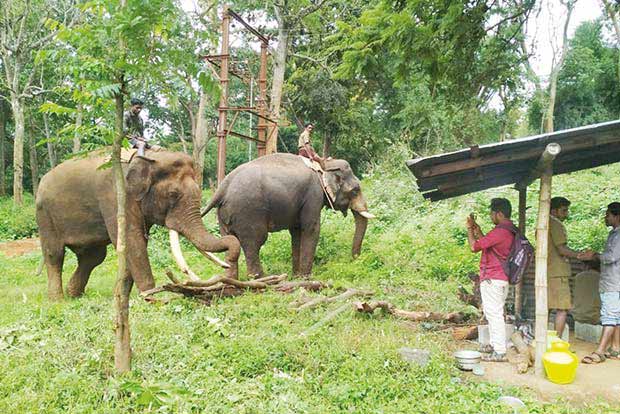
The drones will further help to prevent elephants from coming near the railway tracks and getting hit by speeding trains. There have been cases when elephants were run over by trains, while they were crossing railway tracks along the Palakkad Pass. Now, with drones, the forest department hopes to mitigate such tragic accidents.
Tamil Nadu is the second state after Uttarakhand to receive drones from the Union Environment and Forest Ministry for monitoring of wild animals.

